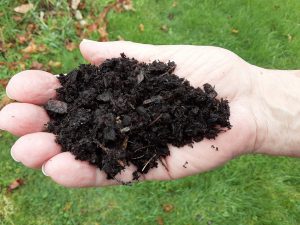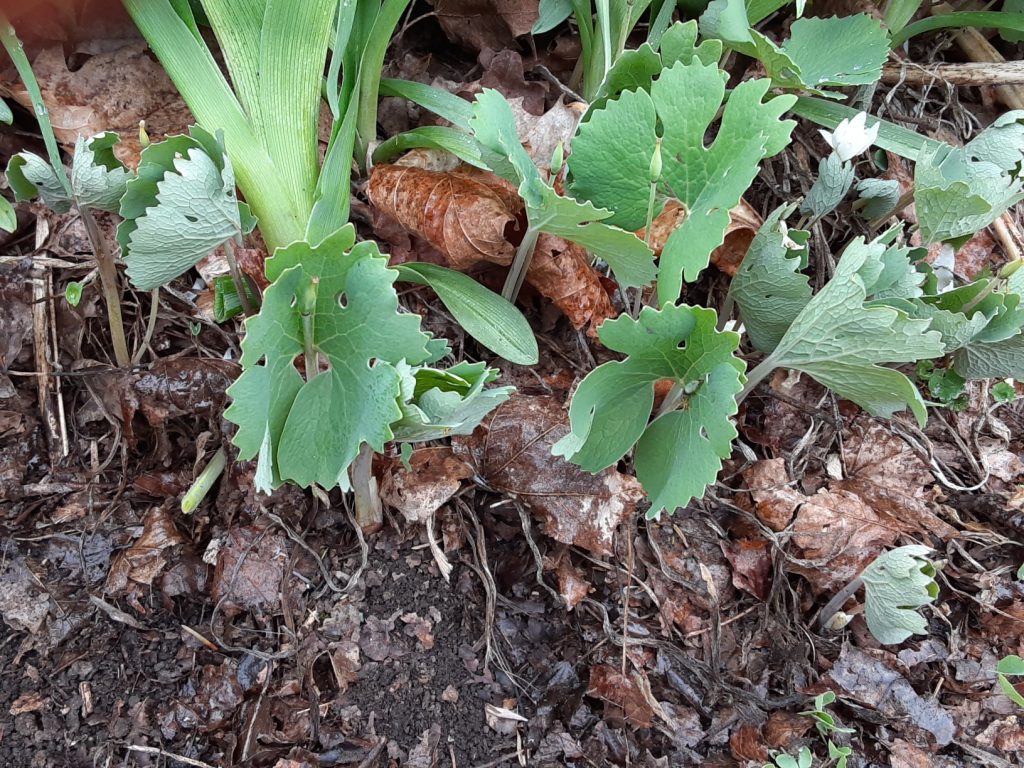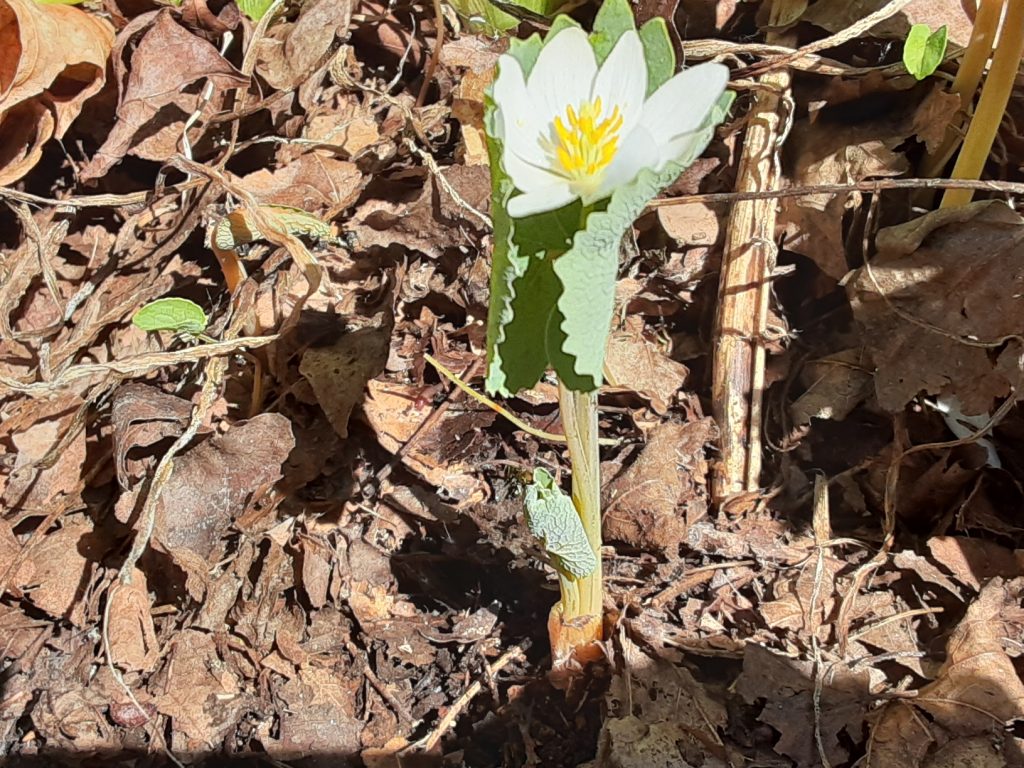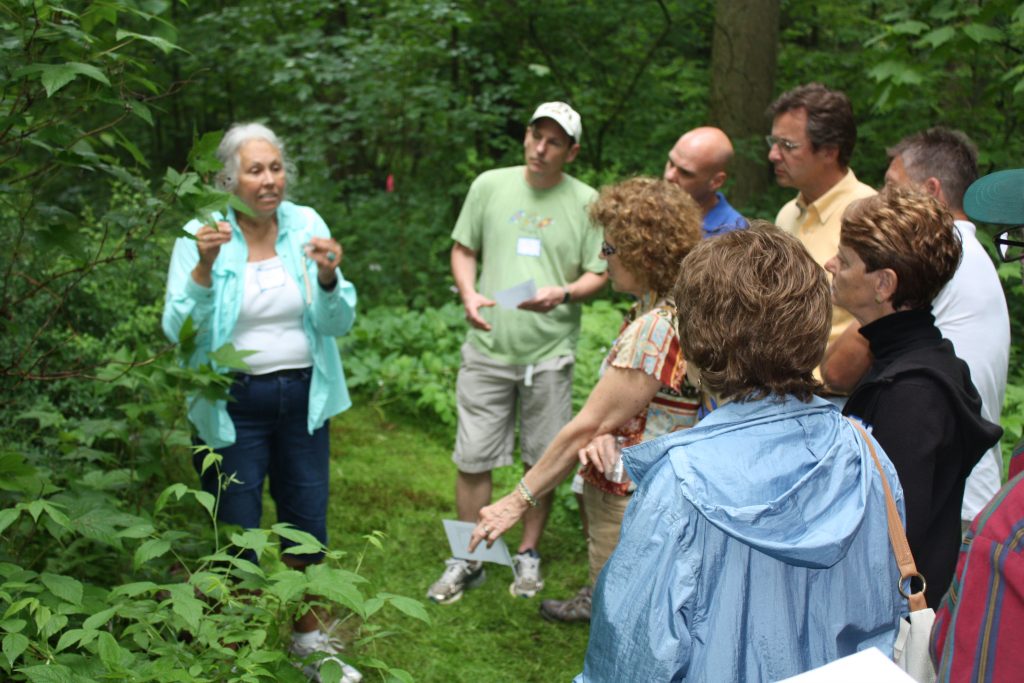By: Susan Sprout
The NPC membership is made up of a diverse group of knowledgeable individuals with a shared passion for the natural world. As we celebrate the 50th Anniversary of Earth Day and kick off Environmental Education Week 2020, we’re welcoming environmental educator and longtime NPC member, Susan Sprout, as a recurring guest of the NPC blog to share her botanical knowledge. Enjoy!
Happy earth…happy us! Let’s face it, without the planet and its many components under our feet, we would not be here. Can you wrap your brain around the fact that there are over 8.7 billion different species of organisms on earth with us? We are so totally outnumbered! In a single handful of dirt there may be billions of individual bacteria, fungi and algae living. Their life functions make the soil rich and alive, which benefits what grows both above and below – the plants and trees we depend upon for our lives and well-being.

I will be sharing with you from time to time some of the extraordinary plants we find underfoot as we walk the earth – roadsides, backyards, easements, parks, trails – where your feet take you. Look down! See what’s growing!
The first native plant I’d like to introduce you to is bloodroot.
While walking through moist, deciduous woods in April and early May, look for the fragile white blooms of bloodroot being held in supportive hugs by their curled leaves. The leaves will flatten to a slightly furry, lobed horseshoe shape as the weather warms. Underground, its rhizome contains an orange-red juice which gives the plant its common name. Native Americans have used bloodroot or Puccoon for hundreds of years as dye, body paint, and medicine. A member of the Poppy Family (Papaveraceae), this plant is native to North America and can range from Quebec to Florida.

Bloodroot 
Bloodroot flower hugged by its leaves
Susan is a retired school teacher who continued teaching after retirement at Montour Preserve helping teachers of handicapped students with nature walks, at the National Shell Museum as a curator of the fossil collection, and as teacher of Shell Studies at the local school on Sanibel Island. Based on her love and study of plants, she does living history presentations of medicinal plants used by Native Americans, colonial immigrants, and people living during the Civil War. Both she and her husband, Richard, serve as cannoneers with Thompson’s Independent Battery C PA Light Artillery. Sue has served on the Northcentral Pennsylvania Conservancy board in the past. The Sprouts have been Conservancy members for 29 years.


